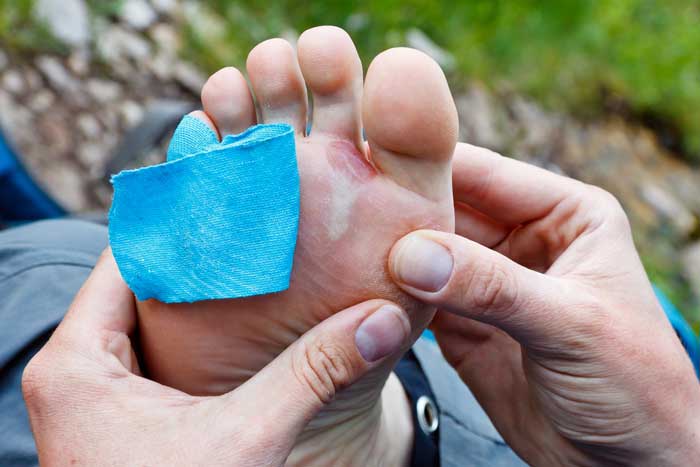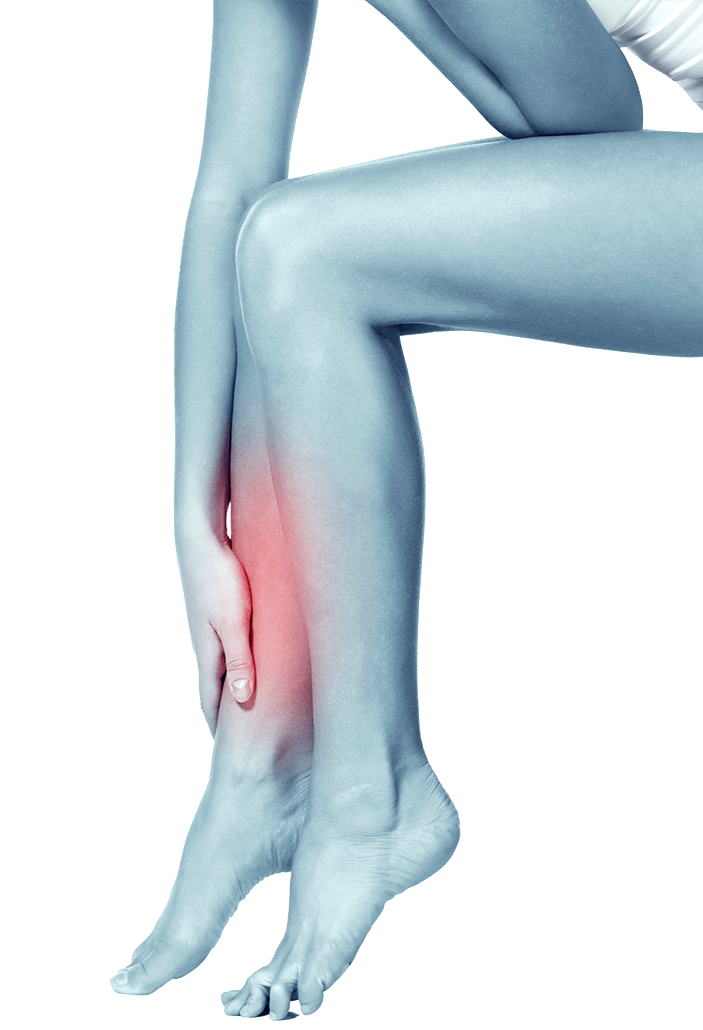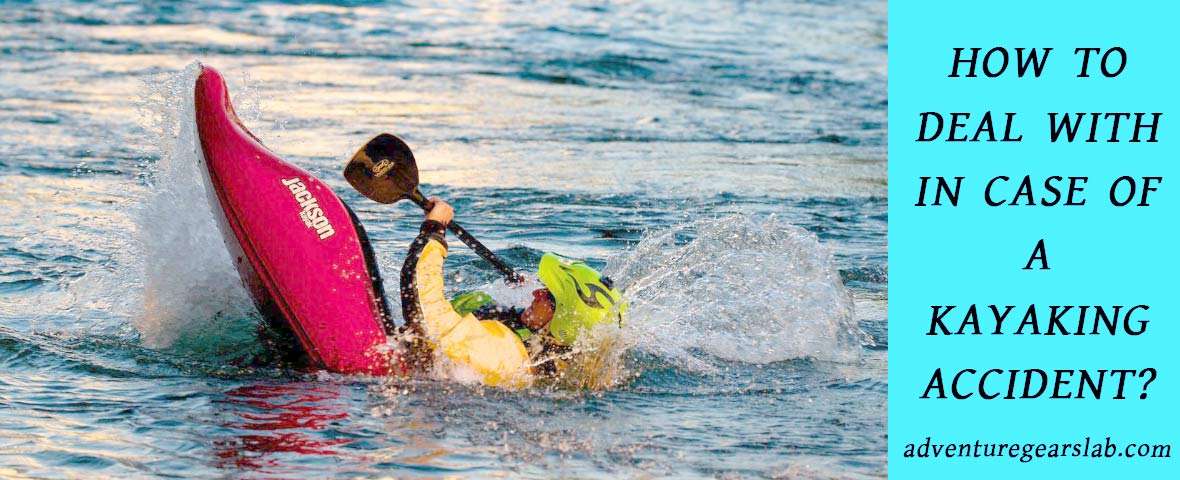Hiking has many health benefits in addition to recreation purposes. However, just like any outdoor activity, it comes with many risks, which when overlooked can result in serious bodily harm.
The common injuries associated with hiking include Blisters, hip/joint/ knee pain, insect bites, minor cuts, abrasions, and sunburn.
Other perils to beware are poisonous plants, dehydration, and exhaustion. Here are some tips on how to prevent these injuries from spoiling you hiking expedition.
How To Prevent Common Hiking Injuries
1. Blisters

Image Source : Pixabay.com
Blisters occur as a result of increased friction in an affected area; it could be the friction between your toes and hiking shoes, or your palm and the trekking pole.
Preventing blisters follows certain steps including placing themed tape on possible hot spots. You can use a thin layer of New-skin in cases of minor blisters.


Trekking pole blisters require you to switch the grip or enhance the grip using wrist grips. Put your hands up into the loop from underneath and not from above to enhance the grip and avoid blisters.
2. Joint, Hip and Knee Pain

Joint, hip and knee pain often affects hikers and therefore hinders efficient expedition. The tension in the joints and other parts of the body cause joint, hip and knee pain.


You can minimize the pain through regular stretching of hamstring muscles and quadriceps. Trekking poles will help redistribute the weight evenly in the body.
You can also alleviate hp pain by stretching out the hips severally before embarking on a hike.
3. Insect Bites

Insects such as gnats and mosquitoes are a big hindrance to any outdoor activity. Any stinging, biting, buzzing or other annoyances from insects affect hiking negatively.
The best ways of preventing these intruders are by putting on protective clothing that covers the entire body. Severe cases call for the use of a head net.
Hikers can also buy some of the many repellents available in the market. Cases, where you can't avoid the bugs by wearing protective clothing and use of repellents, can be solved using calamine lotion.
4. Cuts, Scrapes, and Sunburn
Hiking exposes, you to different environments such as thorny bushes and rocks. There is a high likelihood of getting minor scratches and abrasions as you struggle your way to the top.
Putting on long sleeves and pants offer protection against these conditions. You can also treat the minor scrapes using antibiotic lotions and recommended Band-Aids.
Constant exposure to the sun causes sunburns which make you uncomfortable at the end of the day.
You can prevent sunburns by wearing long sleeves and pants, and by applying sunscreen creams after an hour of hiking. Using Aloe Vera at the end of the day helps to soothe your sensitive skin.
5. Poisonous Plants

Poisonous plants including Poison Sumac, Poison Ivy, and Poison Oak, and their spreading rash can turn your adventure into a painful experience.
Identifying and avoiding these plants is essentially the most important way of avoiding the bad rash problems. Covering all contact points by wearing long sleeves and pants help to protect you from the perils of poisonous plants.
However, if you accidentally stumble on any of these poisonous plants apply calamine to reduce irritation.
Severe effects of inhaling the smoke when burning these plants require immediate medical attention.
6. Dehydration and Exhaustion
Dehydration and exhaustion are common problems when hiking. Exhaustion is an indication that you are out of the comfort zone, and are experiencing the technicalities of venturing into new territories.

Excessive fatigue, however, is dangerous to your health. Hiking results in excessive burning of calories. The primary cause of fatigue is dehydration.
Loss of water and energy is perilous if not checked in time. Ensure you have enough calorie-filled food and your water before you go on the hiking trail.
Experts advise hikers to drink at least 8 ounces of water after every mile. You should often rest when you get tired. The best way of carrying drink water is by wearing a camelback type hydration system.
Conclusion -
The tips discussed above will help you prevent and treat common injuries during hiking.
Whether you want to go for a weekend hiking or you are planning an epic trip, knowing these injuries and how to protect yourself is prudent.
While some of the injuries are preventable, you can treat most of them quickly. However, note that these are suggestions and do not represent medical treatment or advice on how to plan your training regimen.
They can help you get an understanding of the common problems associated with hiking and how to manage them.









